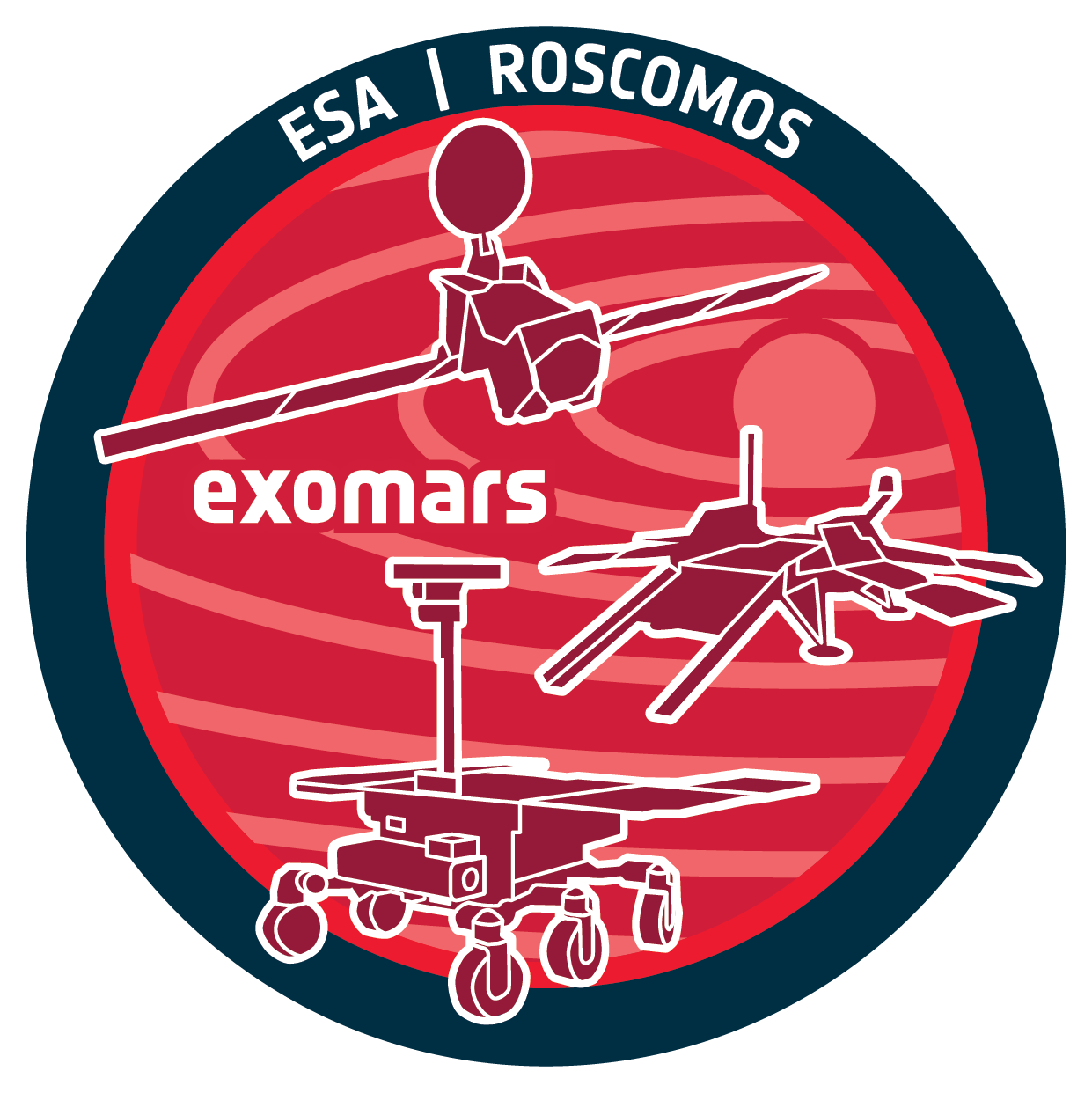

| Name | ExoMars 2016 ACS Raw-level Data Product Collection | ||||||||||||||||||||||||
| Mission | ExoMars16 | ||||||||||||||||||||||||
| URL | https://archives.esac.esa.int/psa/ftp/ExoMars2016/em16_tgo_acs/data_raw | ||||||||||||||||||||||||
| DOI | https://doi.org/10.57780/esa-yy83w6t | ||||||||||||||||||||||||
| Description |
ACSThe Atmospheric Chemistry Suite (ACS) instrument is an element of the Russian contribution to the ESA/Roscosmos ExoMars 2016 Trace Gas Orbiter (TGO) mission. The instrument hardware was built in the Space Research Institute of the Russian Academy of Sciences (IKI) with international collaborations of LATMOS (CNRS) in France, the German Institut für Planet enforschung (DLR) and the Institute of Physics of interplanetary Space (IFSI) in Italy. ACS consists of three separate infrared channels, sharing common mechanical, electrical, and thermal interfaces: NIR (0.73 to 1.6 μm), MIR (2.3 to 4.3 μm) and TIRVIM (or TIR, 1.7 to 17 μm). Measurements are carried out in solar occultation mode for all channels, and in nadir mode for NIR and TIRVIM. Note that TIRVIM was working in science mode up to December 3rd, 2019. This ensemble of spectrometers has been designed and developed in response to the TGO objectives that specifically address the requirement of high sensitivity instruments to enable the unambiguous detection of trace gases of potential geophysical or biological interest. The Principal Investigator is Oleg Korablev, Space Research Institute (IKI), Russian Academy of Sciences. The raw data collectionThe raw data collection contains the raw science and housekeeping data from the instrument and the data is released publicly on a daily basis with a six month lag from the data being obtained. Physically the collection is organised by science phase, then orbit range in groups of 100 orbits, then orbit.Different data types e.g. HK plus science from different channels may be mixed in this time related directory. A description of the raw data products is given in the ACS Experiment to Archive InterfaceControl Document (EAICD), available under the Documents tab in the PSA user interface or via the DocumentCollection on the PSA ftp page (http://archives.esac.esa.int/psa/ftp/ExoMars2016/em16_tgo_acs/document). A quick start guide can also be found at: https://issues.cosmos.esa.int/socciwiki/display/PSAPUB1/ACS+Quick+Start+Guide. |
||||||||||||||||||||||||
| Instrument | ACS | ||||||||||||||||||||||||
| Temporal Coverage | 2016-03-05T00:00:00Z - 2030-12-31T23:59:59Z | ||||||||||||||||||||||||
| Version | 104.1 | ||||||||||||||||||||||||
| Mission Description |
ExoMars 2016 Mission OverviewExoMars 2016 was launched in March 2016 and consists of the Trace Gas Orbiter (TGO) and Schiaparelli, an entry, descent and landing demonstrator module. The primary goal of the mission is to detect trace gasses in the Martian atmosphere in particular to follow up on earlier detections of Methane.Schiaparelli, the technology demonstration lander, did not reach the surface, therefore the only data archived was from the DREAMS instrument, which was obtained during the cruise phase of the mission. The Trace Gas Orbiter (TGO) entered science operations at Mars in April 2018 and has been operating nominally since. It has 4 instruments, CaSSIS, a 4 colour push frame camera, FREND, an epithermal neutron detector, and ACS and NOMAD which are high resolution spectrometers covering the UV to thermal IR range optimised for atmospheric studies. All instruments continue in good health apart from the Thermal Infrared (TIRVIM) channel on ACS. TIRVIM stopped working on December 3rd, 2019 due to HW failure. Since then, it has been kept on to ensure thermal mode of the ACS but without producing science data. Housekeeping data is still being generated and archived as of today. Mission Phases
|
||||||||||||||||||||||||
| Creator Contact | Oleg Korablev | ||||||||||||||||||||||||
| Date Published | 2023-01-18 | ||||||||||||||||||||||||
| Publisher And Registrant | European Space Agency | ||||||||||||||||||||||||
| Credit Guidelines | European Space Agency, 2023, ExoMars 2016 ACS Raw-level Data Product Collection, 104.1, European Space Agency, https://doi.org/10.57780/esa-yy83w6t |